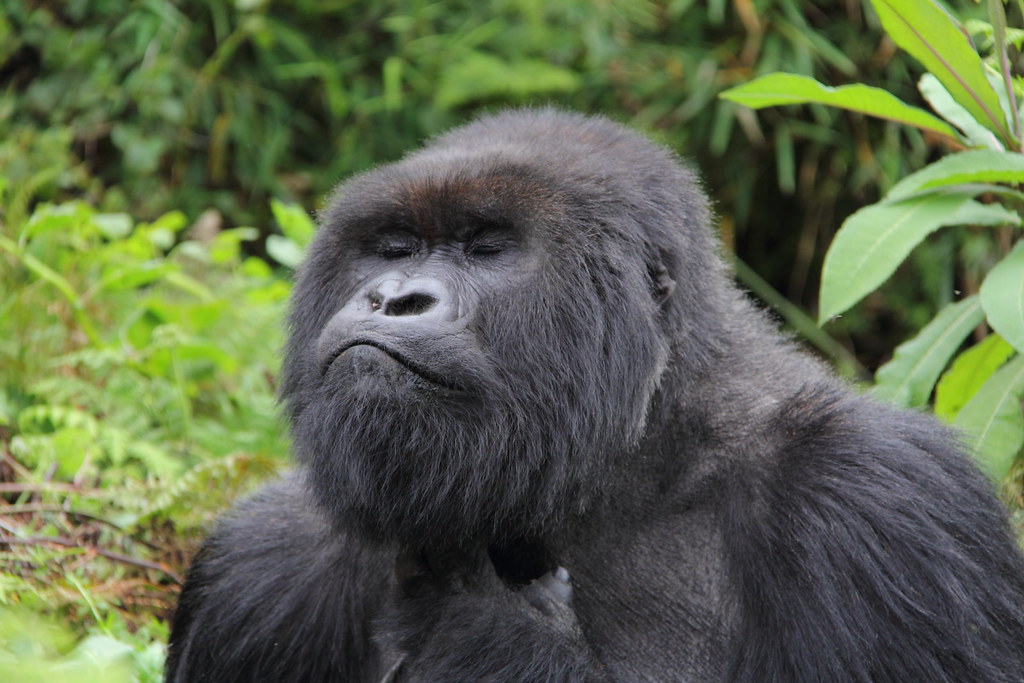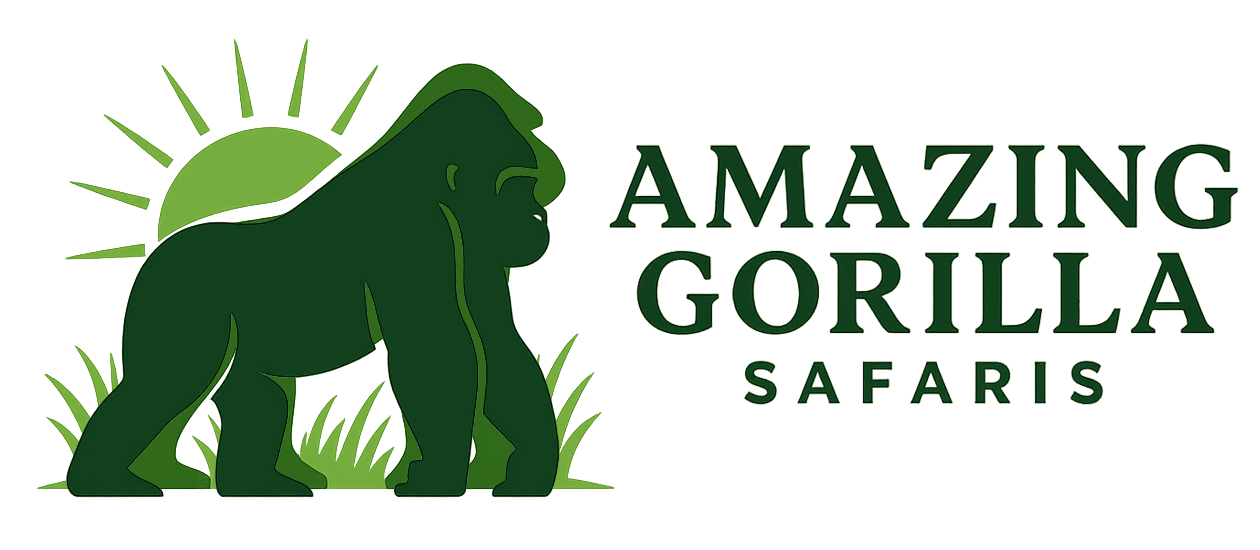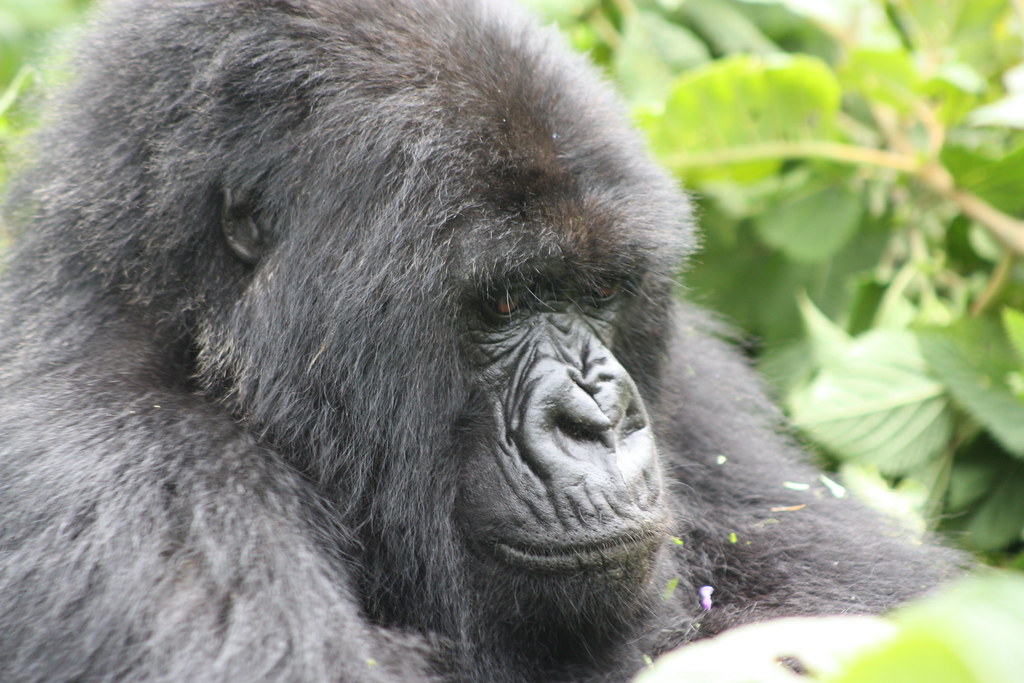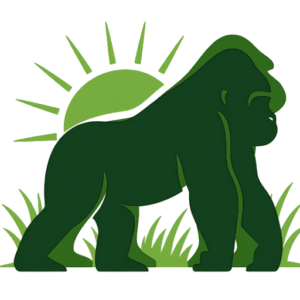Understanding the Challenge Before You Go
Gorilla trekking in the misty forests of Uganda, Rwanda, or the Democratic Republic of Congo is one of Africa’s most sought-after wildlife adventures. Every year, thousands of travelers set out to meet mountain gorillas in their natural habitat — a truly life-changing encounter.
But one question almost every traveler asks when planning their trip is: how difficult is gorilla trekking?
The short answer is: it depends on a few factors. The trek can range from relatively easy to very challenging, depending on your fitness level, the specific gorilla family you’re visiting, the weather, and the terrain on the day of your hike. Below, we break down what you can expect so you’re fully prepared for this incredible experience.
The Nature of Gorilla Trekking Terrain
Mountain gorillas live in high-altitude, dense rainforests, which means you’ll be trekking through rugged, uneven terrain. Trails can be steep, muddy, and slippery, especially during the rainy season.
In Bwindi Impenetrable National Park (Uganda), the terrain is famously steep and thick with vegetation, while Mgahinga (Uganda) and Volcanoes National Park (Rwanda) tend to have gentler slopes but can still be strenuous.
The altitude of gorilla habitat usually ranges between 2,200 and 3,000 meters (7,200–9,800 feet), which means some visitors may feel slightly breathless due to the thinner air.
Trek Duration Varies
The time it takes to reach your assigned gorilla family can vary widely — anywhere from 30 minutes to over 5 hours one way. Rangers assign visitors to different groups based partly on fitness level, but since gorillas move around constantly, there’s always an element of unpredictability.
Some families stay closer to the park edge, making the trek easier, while others roam deep into the forest, requiring a longer and more challenging hike.
How Fit Do You Need to Be?
You don’t need to be an athlete, but a reasonable level of fitness helps enormously. If you can handle several hours of hiking up and down hills, sometimes on uneven and muddy trails, you should be fine.
Before your trip, it’s a good idea to do regular walking, hiking, or climbing stairs to build stamina. If you’re worried about your fitness level, talk to your tour operator — they can request you be assigned to a gorilla family closer to the trailhead.
How Porters Can Help
One of the best ways to make your trek easier is to hire a porter at the park headquarters. Porters can carry your backpack and even lend a hand on steep or slippery sections of the trail. This not only makes your experience more comfortable but also provides employment and supports local communities.
 Weather Matters
Weather Matters
Weather is another big factor. During the dry seasons (June–September and December–February), trails are usually easier to navigate. In the rainy seasons, trails become more slippery and treacherous, making the hike more strenuous. However, even during the dry season, the rainforest can still get muddy due to frequent showers.
Mental Preparedness
Apart from physical readiness, it helps to have realistic expectations and patience. The trek is part of the adventure — a journey through lush and pristine wilderness. Take your time, go at your own pace, and enjoy the beauty of the forest as you make your way to the gorillas.
Gorilla trekking is undoubtedly challenging, but for most travelers in reasonably good health, it’s completely manageable — and the reward far outweighs the effort. Seeing a mountain gorilla up close in its natural environment is one of the most moving and unforgettable experiences you’ll ever have.
So, prepare well, pack the right gear, and approach the trek with a sense of adventure. You’ll quickly discover why this is called a once-in-a-lifetime journey.





